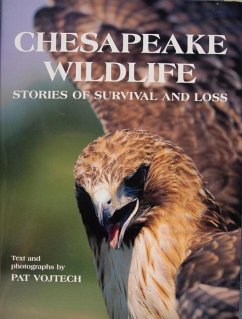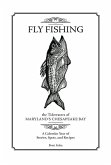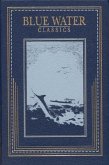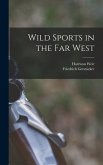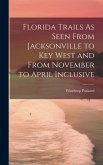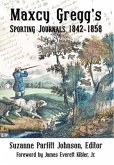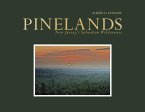When Captain John Smith sailed up the Chesapeake Bay in 1608 he discovered a land so rich in wildlife that numbers could not begin to tell the whole story. The abundance of birds blackened the sky. Meat-eating wolves and mountain lions had so much game at their disposal that they didn't bother the caged livestock. Deer could be easily killed ten or fifteen at a time by the native tribes, using primitive tools. The wildlife was so abundant that it was no wonder generations of Europeans -- used to the barren countryside at home -- could not imagine the need to conserve. So, they didn't. In fact, they set out on a course to eliminate the less desirables of the wild kingdom. Soon, the colonists also developed a tremendous trade with Europe in skins, furs, feathers, and even live animals for the enjoyment of the king and high society. As guns improved, birds were not only hunted for food, but also were used for target practice, and the skies rained down passenger pigeons and other migratory birds. On the water, ducks and swans were slaughtered, dozens with a single shot. Three hundred years after Captain Smith marveled at the numbers of deer, they were gone from most of the Chesapeake region. Beavers had been trapped to near extinction. Mountain lions, black bears, bobcats, and wolves had been harassed and killed. The population of ducks that once numbered over a million was decimated. Even the forests fell silent. In this book, author/photographer Pat Vojtech uses historical data to recreate the story of wildlife of the Chesapeake region and reveal how close mankind came to eliminating forever many of the beautiful wildlife species taken so much for granted today. She relates howhard the struggle was to bring some Chesapeake wildlife species back from the brink of extinction. More than 190 color photographs enhance the story.
Hinweis: Dieser Artikel kann nur an eine deutsche Lieferadresse ausgeliefert werden.
Hinweis: Dieser Artikel kann nur an eine deutsche Lieferadresse ausgeliefert werden.

